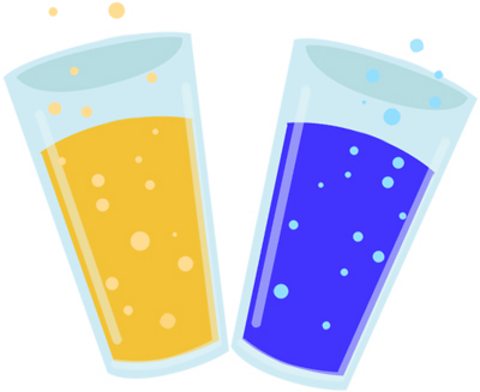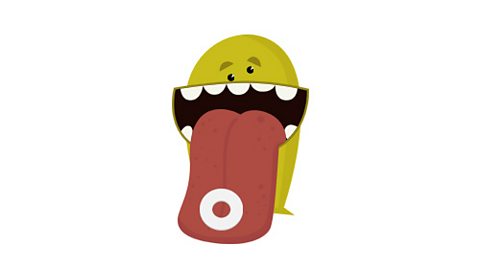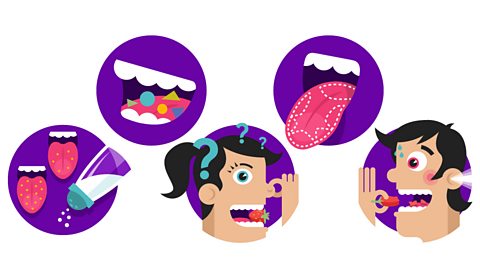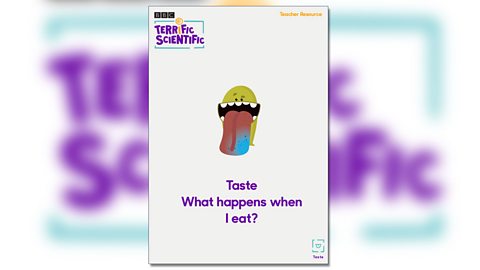
Tasty!
Have you ever noticed that food tastes quite bland when you have a cold? Or that, perhaps, you like red foods better than green veg?
When we eat, we donβt just taste food with our mouths. The way it feels, smells and looks is also really important. We use all of our senses to decide whether we like something or not, and we often make up our minds before we even taste it.
We have prepared some simple experiments you can do to test this. Make sure that anybody taking part in these experiments does not have allergies to any of the ingredients used in the food or the dyes. We recommend using only natural food colouring, which is also vegetarian-friendly. Take care not to swallow large quantities of food dye.

Smelly stuff
Smell and taste work together to paint a full picture of the foods we eat. We call this βpaintingβ flavour. The odour of a food can also warn us of danger β for example, if a food smells really bad, do you really want to eat it?
Thatβs your nose telling you it might be off and make you feel sick.
Put it to the test
An easy way to see how much smell can influence flavour is to eat something like a jelly bean while holding your nose.
Hold your nose and eat the jelly bean. Describe what you can taste. Now let go of your nose and taste the jelly bean again.You will notice that the jelly bean is much tastier. This is because now youβre also smelling it.

Looks yummy
If a food is orange, do you think itβs going to taste like oranges? How about red food β will it taste like strawberries?
We often judge the taste of food by its colour and, much like its smell, the colour of a food can also tell us if the food is safe to eat, or if itβs gone off.
Put it to the test
You can use natural food colouring of different shades to change the colour of a clear drink, like lemonade. Work with in pairs with a friend. Add a colour to the lemonade and, before letting your friend taste it, ask her or him what they think itβs going to taste like.
When they have tasted it, ask them to taste a drink of a different colour, or even the original lemonade.Do they think that the different coloured drinks taste different?

Feel your food
Do you like lumpy yogurts, chewy meat or slimy vegetables? Texture, or the way food feels, has an impact on how we imagine food will taste before we eat it.
For example, we expect crisps to be crunchy or ice cream to be creamy. We examine texture with our fingers, tongue, teeth and palate.
Put it to the test
To see if texture makes a difference to you, try leaving a crisp or a biscuit outside their package overnight. Theyβll be exposed to the atmosphere, and probably go a bit soggy. Do you still like them?
If you like apples, you can also use two apples of the same variety, one old and one fresh. The fresh apple will be crisp and juicy compared with the older apple. This is because apples can become soft and grainy, depending on how theyβre stored.This is called 'mealiness'

Yikes, it's hot!
When food is heated it releases a smell which, as you know, gives the food more flavour. Heating the food may also change its texture. Think about eating cold soup: itβs often more gloopy than heated soup. Do you like that?
Put it to the test
As well as comparing cold and hot soup and see which you like best, you can also taste cheese, chocolate or fruit straight from the fridge and compare it with the same food at room temperature. Does the room temperature food taste better to you?

Letβs investigate taste
5 facts about taste. interactive
Throughout history, people have come up with different theories about why and how we taste different things. But which of them are true?


